The Nvidia GeForce RTX 5090: A Next-Gen Leap Fueled by AI
Nvidia's RTX 5090 is the latest in a line of high-end graphics cards promising generational leaps in PC gaming. However, its performance gains are less straightforward than previous iterations. While raw performance improvements over the RTX 4090 are noticeable, the truly significant upgrade lies in DLSS 4's enhanced capabilities. This new iteration dramatically improves image quality and frame rates, especially with Multi-Frame Generation enabled.
The value proposition of the RTX 5090 hinges heavily on your gaming setup and preferences. For users with displays below 4K 240Hz, the upgrade may not be justifiable. But for those with high-end displays, the AI-generated frames offer a significant performance boost and a glimpse into the future of gaming.
Nvidia GeForce RTX 5090 – Image Gallery
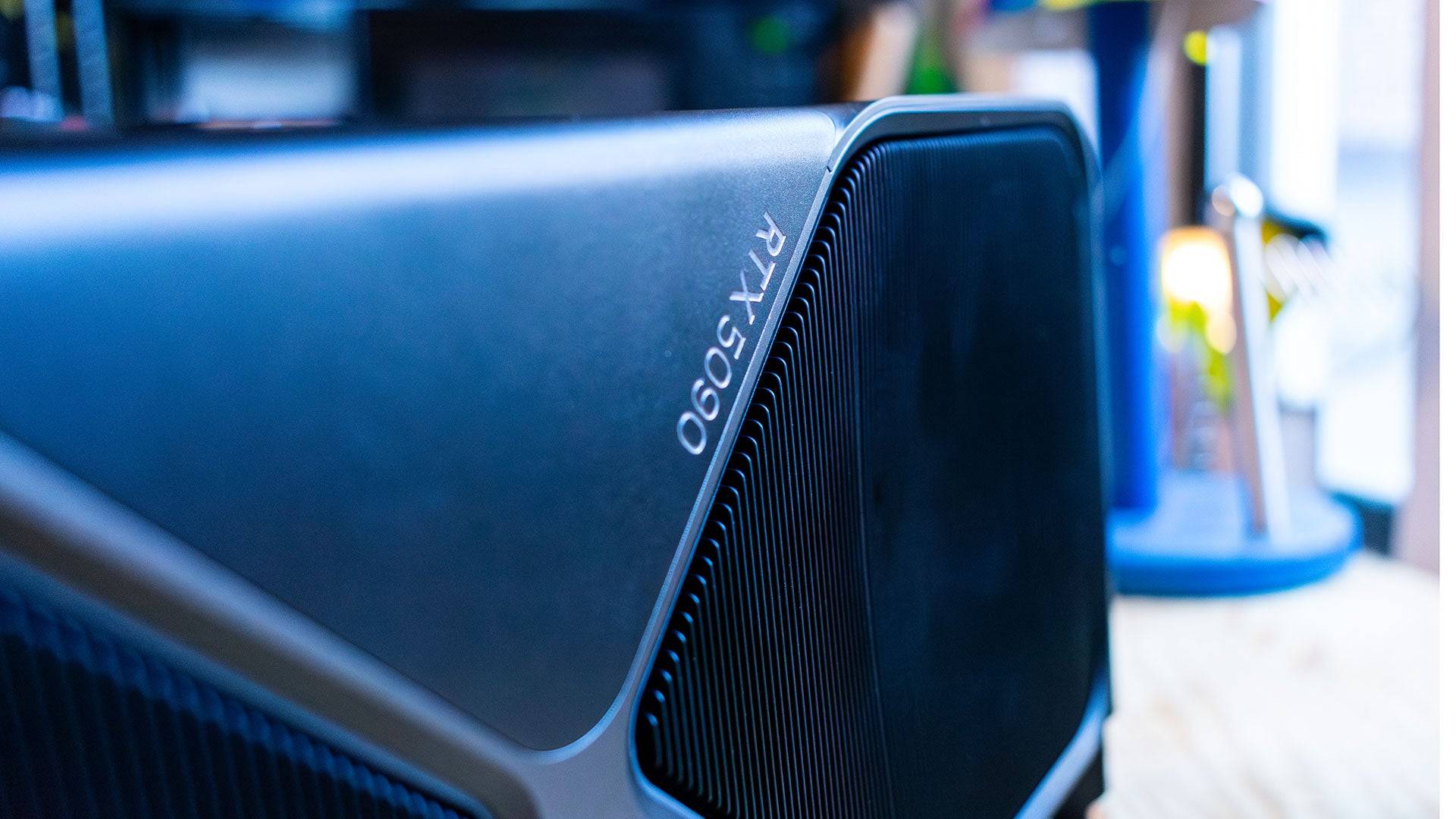
 5 Images
5 Images
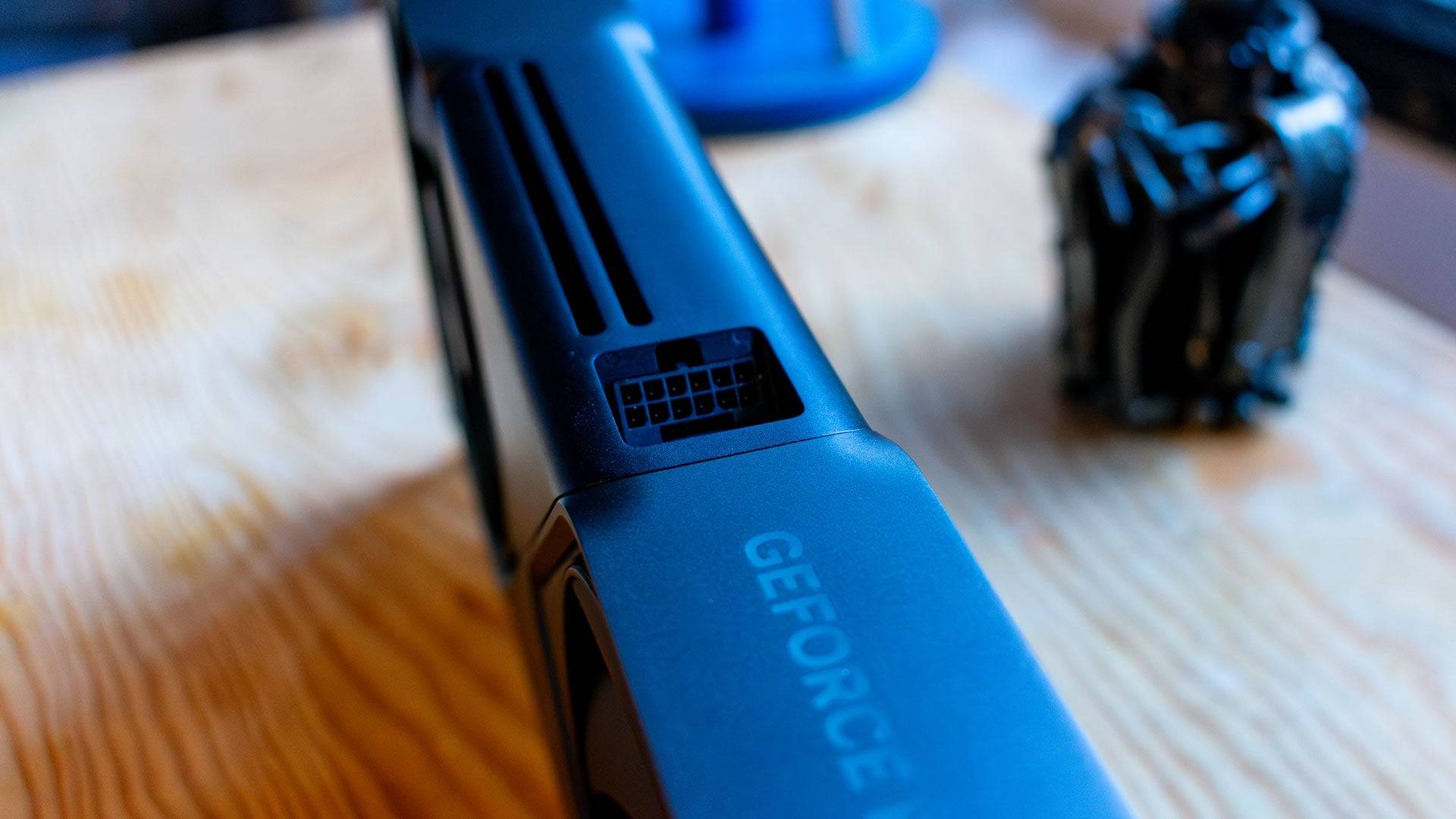
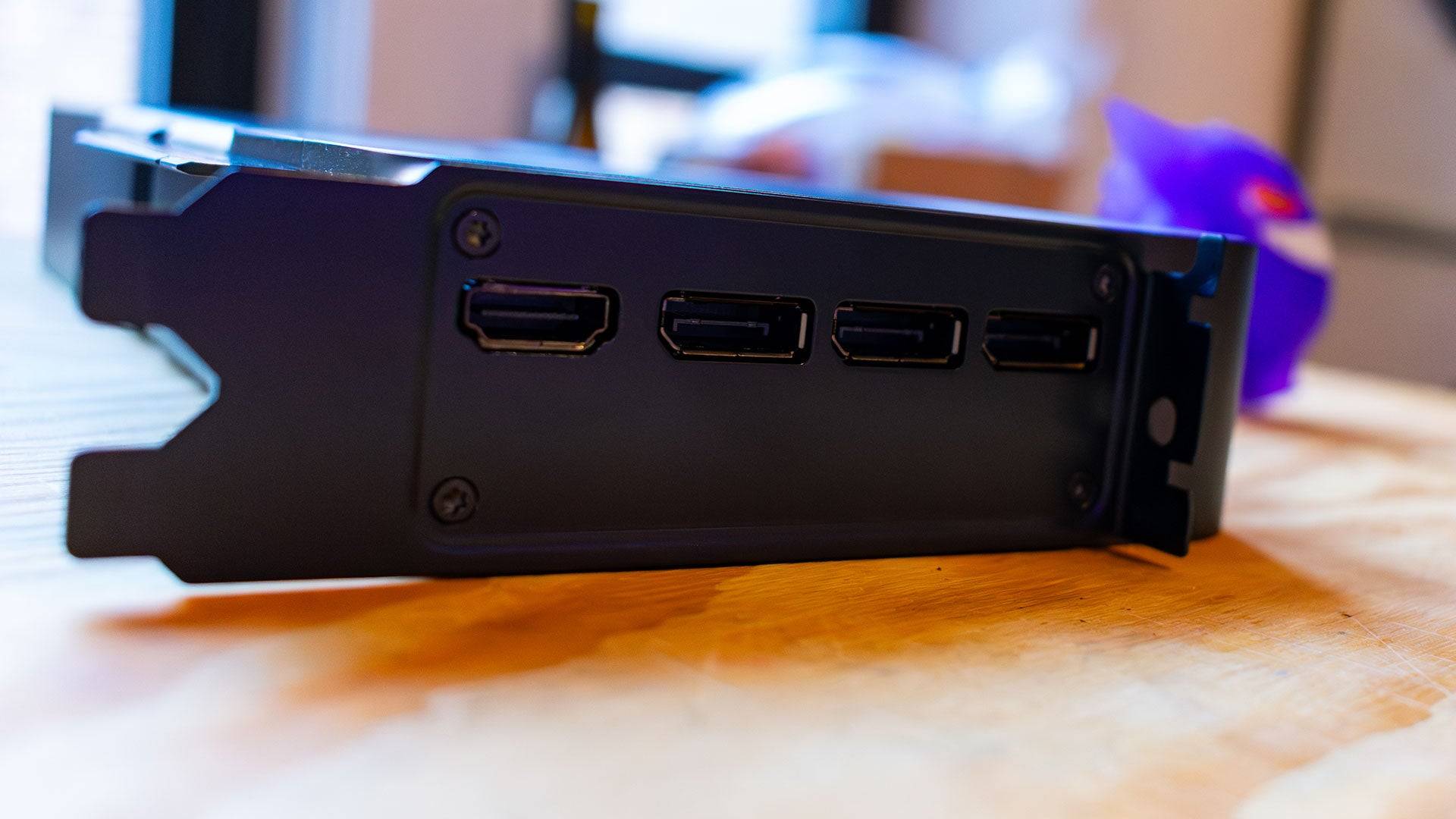
RTX 5090 – Specifications and Features
Built on Nvidia's Blackwell architecture (also powering leading AI models), the RTX 5090 boasts significant improvements. It packs more Streaming Multiprocessors (SMs) into the same GPCs (Graphics Processing Clusters), resulting in a substantial increase in CUDA cores (21,760, a 32% jump from the RTX 4090). This contributes significantly to raw gaming performance.
Each SM retains four Tensor Cores and one RT Core, but the 5th-generation Tensor Cores enhance AI performance with FP4 operation support, reducing VRAM dependency. The card also features 32GB of GDDR7 VRAM, offering a speed and efficiency upgrade over the RTX 4090's GDDR6X. However, its 575W power consumption is a notable increase.
DLSS 4's shift to a Transformer Neural Network (TNN) from a Convolutional Neural Network (CNN) aims to improve image quality and reduce artifacts. Multi-Frame Generation, a refined version of DLSS 3's Frame Generation, generates multiple frames from each rendered image, significantly boosting frame rates. Optimal performance requires a solid base frame rate before enabling this feature.
Purchasing Information
The Nvidia GeForce RTX 5090 launched January 30th, with a starting price of $1,999 for the Founders Edition. Third-party cards are expected to command higher prices.
Founders Edition Analysis
The 575W power requirement necessitates robust cooling. Surprisingly, Nvidia managed to fit this into a dual-slot design, smaller than its predecessors. Despite reaching 86°C under load (578W consumption), it avoids thermal throttling. This is achieved through a redesigned PCB placement and a dual-fan configuration drawing air from the bottom and expelling it through the top.
The design aesthetics are similar to previous generations, featuring a silver 'X' design and a white LED 'GeForce RTX' logo. The power connector is a new, supposedly more efficient 12V-2x6 connector, including an adapter for four 8-pin PCIe power connectors. The angled connector placement improves cable management.
This compact design makes it suitable for smaller PC builds, unlike previous high-end cards. However, third-party versions are likely to be larger.
DLSS 4: Addressing the "Fake Frames" Concern
Nvidia initially claimed up to an 8x performance boost with DLSS 4. While not quite that dramatic, the RTX 5090 achieves remarkably high frame rates, primarily through frame generation. The new AI Management Processor (AMP) core efficiently manages workload distribution across the GPU, improving frame generation speed and memory efficiency. The AMP's Flip Metering algorithm minimizes input lag.
Multi-Frame Generation, while generating "fake" frames, delivers a significant performance boost with minimal noticeable artifacts in supported titles. However, it's crucial to have a decent base frame rate before enabling it to avoid latency issues. Optimal results are seen when paired with DLSS upscaling. At launch, DLSS 4 supported a range of games, though early testing was limited to beta builds of Cyberpunk 2077 and Star Wars Outlaws.
Performance Benchmarks
The RTX 5090 demonstrates significant generational improvements in 3DMark benchmarks, showing up to a 42% increase over the RTX 4090. However, real-world gaming performance reveals CPU bottlenecks in many titles, even at 4K resolution, when paired with a high-end Ryzen 7 9800X3D processor. This limits the performance uplift for many users, especially those already owning high-end graphics cards. The benchmarks were conducted without DLSS 4 and using publicly available drivers.
Specific game benchmarks showed varying results, with some titles exhibiting only marginal improvements (e.g., 6% in Red Dead Redemption 2) due to CPU limitations. Others showed more substantial gains, particularly in titles less prone to CPU bottlenecks (e.g., 35% in Total War: Warhammer 3). One outlier, Assassin's Creed Mirage, experienced unexpected performance issues, likely due to driver bugs.
Benchmark Charts

 14 Images
14 Images
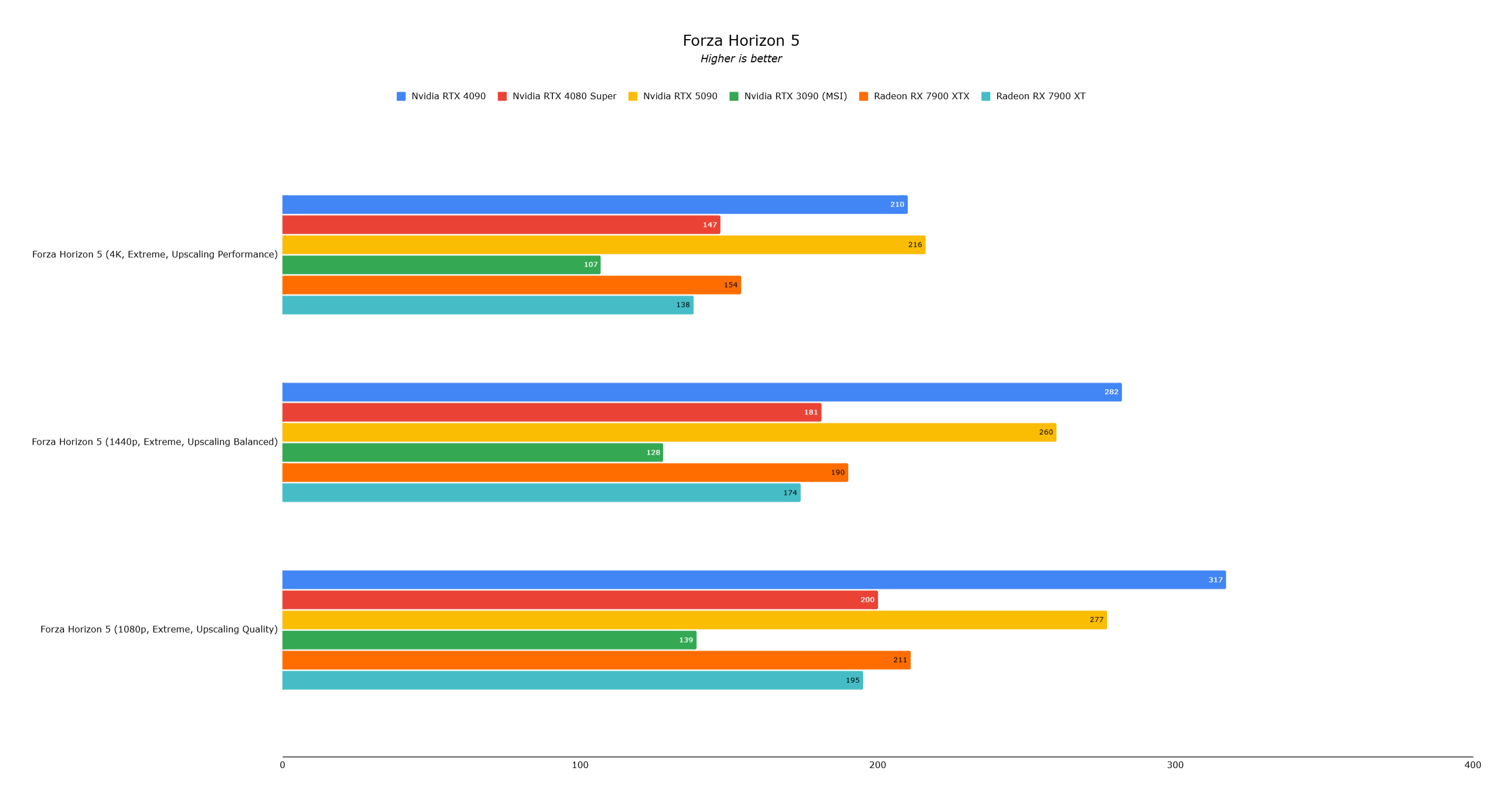

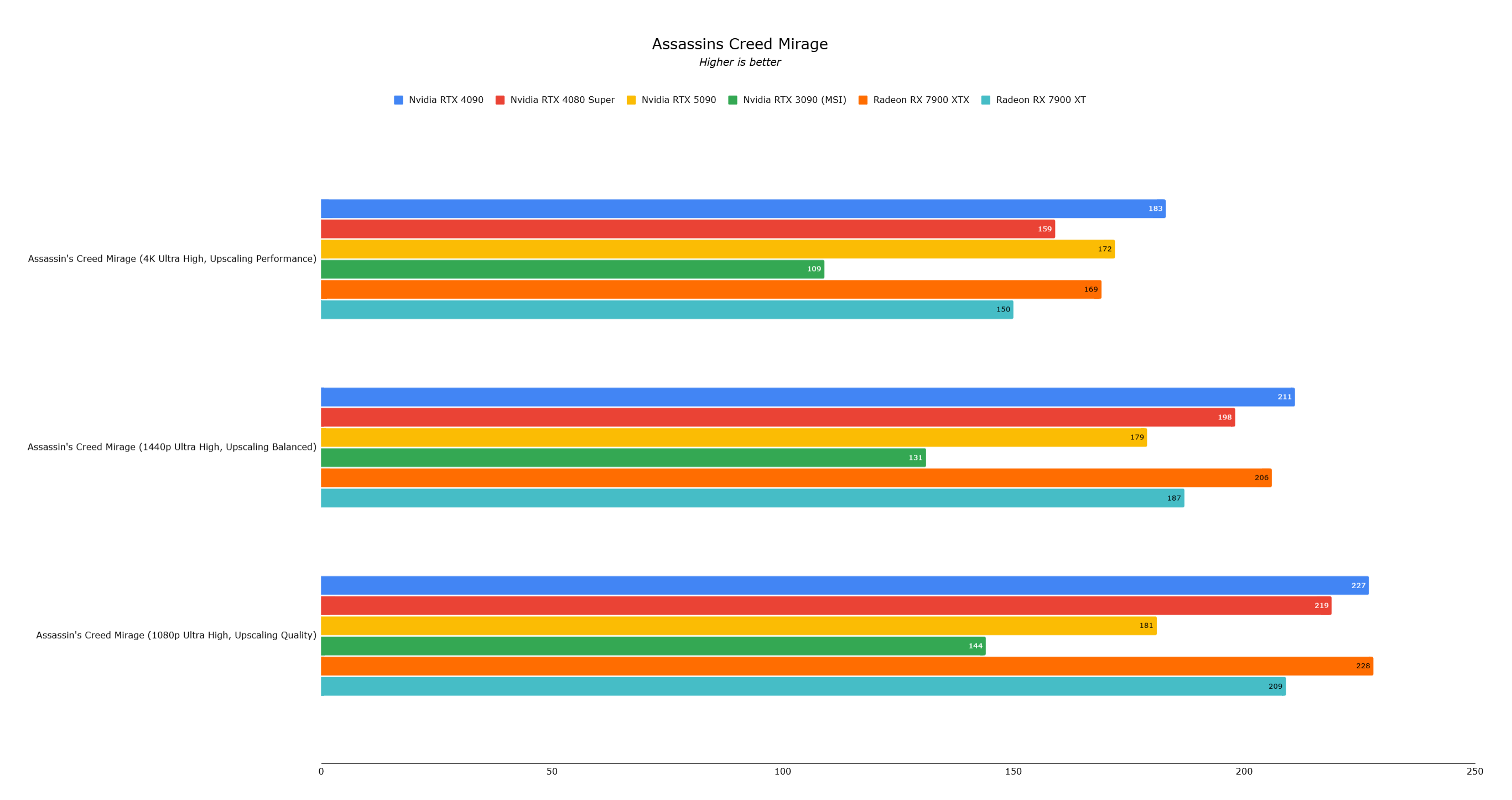
Conclusion
The RTX 5090 is undeniably the fastest consumer graphics card currently available. However, its performance gains over the RTX 4090 are often limited by CPU bottlenecks in existing games. Its true potential lies in its AI-powered capabilities, particularly DLSS 4's Multi-Frame Generation. This makes it a compelling option for users prioritizing cutting-edge technology and willing to invest in a future where AI plays a larger role in gaming. For most others, the RTX 4090 remains a powerful and cost-effective choice.
AnswerSee Results








